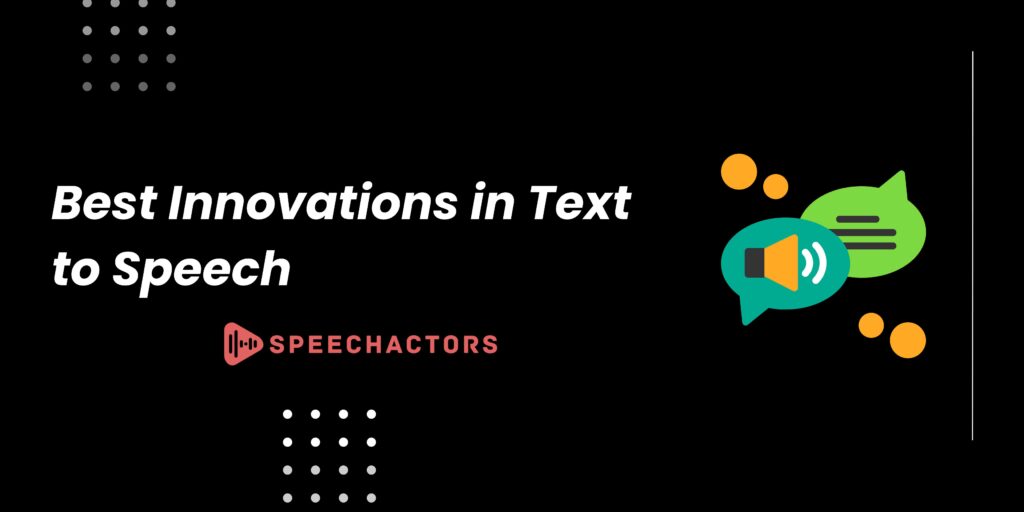Innovations in Text-to-Speak Conversions have changed the way we interact with technology. I love how these advancements make information accessible, especially for people with visual impairments or reading difficulties.
The best part is how these technologies are evolving. In this article, we’ll explore innovations like clearer, human-like voices and their impact across education, customer service, and more.
Top Emerging Trends & Innovations in Text-to-Speak Conversions
Neural Text-to-Speech (TTS)
Neural TTS uses artificial intelligence to create natural-sounding speech. Maybe you’ve noticed how gadgets now “talk” like humans? This trend makes spoken words more realistic.
Moreover, Neural TTS is widely used in devices, making life easier for users. Around 15% of Americans rely on assistive technologies, and this is one major area where TTS plays a role.
Breaking Language Barriers
Breaking language barriers is another exciting innovation. Technologies are advancing to offer natural-sounding voices in diverse languages.
It’s amazing how text-to-speak technology now supports over 60 languages globally, making communication seamless for millions of users.
Natural Language Processing (NLP)
NLP in TTS is a game-changer, turning written words into spoken language effortlessly.
The best part? It helps people access information quickly, especially those with reading difficulties. Statistics show that nearly 20% of the global population faces literacy challenges.
Customizable Voices for Personalization
Customizable TTS voices let users tweak tone, pitch, and accents. Maybe you’ve wanted a voice that feels “just right”? Now it’s possible!
This growing trend is transforming how people interact with technology. Personalized voices make the experience more enjoyable.
Emotional and Expressive TTS
Imagine a voice that conveys happiness, sadness, or excitement—this is what emotional TTS delivers.
Moreover, it’s perfect for ads, storytelling, and customer support. The global TTS market, valued at $3.3 billion in 2022, is expected to grow further thanks to such innovations.
How Does Speechactors Help Us?

Speechactors is an excellent Text-to-Speech (TTS) tool offering various benefits:
- Accessibility: Converts text to audio, aiding users with visual impairments.
- Content Creation: Simplifies voiceovers for videos and presentations.
- Language Support: Supports multiple languages, perfect for global audiences.
- Customization: Lets users adjust pitch, tone, and speed for a tailored experience.
- Time-Saving: Automates voiceovers, saving hours of manual recording.
Moreover, Speechactors ensures consistent, professional audio quality, enhancing projects of any scale.
FAQs
What is the latest innovation in Text-to-Speech?
AI-powered voices that mimic human emotions and tones.
How has neural networks improved Text-to-Speech?
They enable more accurate and natural-sounding speech synthesis.
Can Text-to-Speech translate languages effectively?
Yes, advanced TTS systems now support multilingual capabilities with real-time translation.
What role does TTS play in accessibility?
It empowers visually impaired users to access digital content easily.
Conclusion
Text-to-Speech technology has truly evolved, making communication inclusive and efficient. The best part is how it bridges gaps, helping users across different fields.
Speechactors stands out with its user-friendly features and natural voice quality. As innovations continue, I’m excited to see how TTS will further transform digital experiences for everyone.
